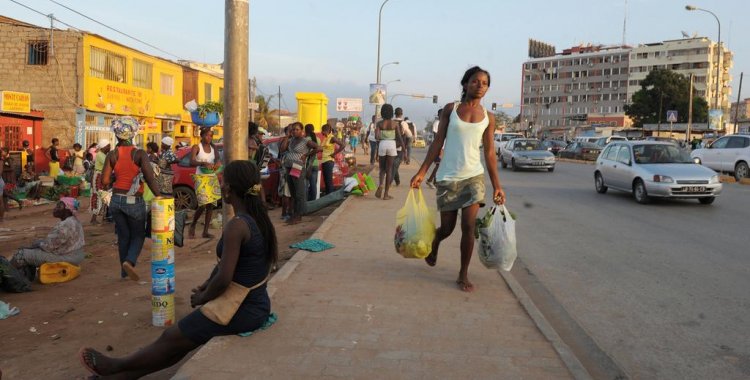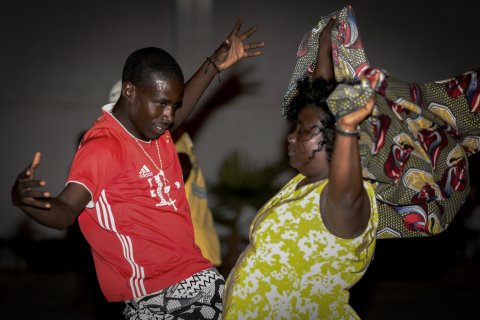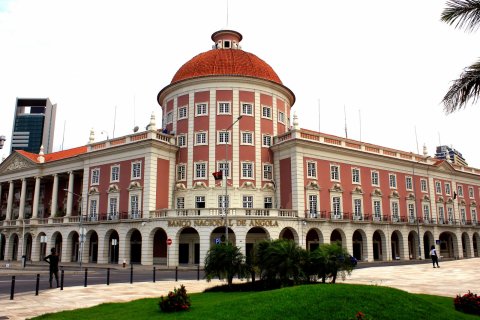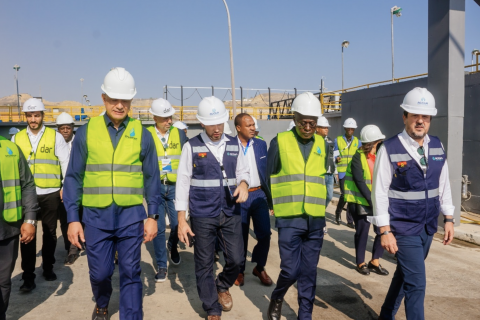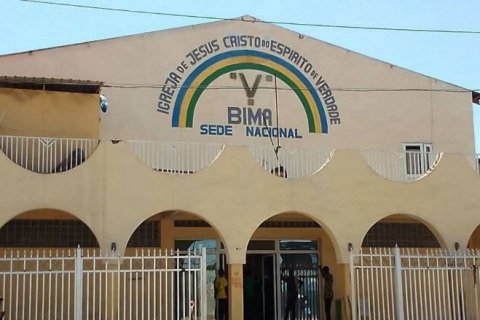The report "Angolan Futures 2050 - Beyond Oil" by the South African Institute for Security Studies (ISS), published in March, concludes that investment in basic water and sanitation infrastructure is the most effective way to improve the country's development strategy in the short and long term.
"A reasonable increase in public spending on this type of infrastructure translates into large scale economic and health benefits. By mid-century, child malnutrition would be virtually eliminated and the economy would generate a cumulative 573.7 billion dollars more than currently estimated - a much higher figure than in any other scenario," the paper stresses.
The report presents five sectoral scenarios for Angola to illustrate the impact of "ambitious but realistic policies": education and women's empowerment; health infrastructure; agriculture; governance and energy in the 2050 time horizon.
These scenarios are complementary, and any choices made by Angola as to the development path to follow will "necessarily reflect the combination of several dimensions in each scenario," it highlights.
The study also highlights that a development agenda that prioritizes women's and girls' access to education and health care, particularly reproductive health, will be the fastest way to improve income, reduce the country's high maternal mortality rate, and reduce the number of people living in poverty or malnourished.
Angola has one of the youngest and fastest growing populations in the world, which may slow down the potential for increased income.
Almost a third of Angolans have not had access to school and 70 percent of these are women.
The Education and Family scenario requires the government to focus on improving participation rates in lower and upper secondary education, and then to progress to higher education degrees.
On the other hand, it indicates that the implementation of cash transfers for the poorest is also the quickest way to alleviate extreme poverty and reduce inequality.
Another scenario, called Renewables and Subsidies, requires the government to continue with its plan to cut fuel subsidies to drive a shift towards renewable energy: "a shift that would help Angola diversify its economy and align the country with the global effort to reduce dependence on renewable energy and minimize the impact of climate change.
He added that the outlook for the renewable energy sector "is positive, with several hydroelectric projects under development and growing support for solar energy".
The government must therefore continue its commitment to diversify the economy or risk another recession when oil reserves run out, which could happen as early as 2030, warn ISS experts Lily Welborn, Jakkie Cilliers and Stellah Kwasi
"To diversify the economy, the government must provide electricity to more Angolans and align with the global agenda to combat climate change" by directing investments to Angola's vast renewable energy potential.
It is estimated that just over three out of ten Angolans have electricity, with only 8 percent of the rural population having access to electricity, while approximately 43 percent of those living in the city have electricity, with a significant portion of citizens and companies depending on gasoline or diesel generators.
In the Agriculture scenario, the study highlights that irrigating more agricultural land would be the best way to reduce child malnutrition and improve food security: "as the population continues to grow, Angola's dependence on imported food also grows," academics note.
By 2050, the study forecasts that Angola's economy will grow to more than 994 billion dollars, almost seven times more than 2020, making it Africa's fourth largest economy after Nigeria, Egypt and South Africa.
But the strong dependence on oil exports does not bode well for the country's future.
The 1.57 million barrels of oil/day that Angola sent abroad in 2017 represented more than 95 percent of export revenues, while diamonds contributed most of the rest.
Most of this oil is exported to China (Angola is the third largest supplier of crude oil to the Asian country), India, the United States, South Africa and Spain.
The sector contributed on average 21 percent of GDP and over 65 percent of state revenues from 2012 to 2018.
Despite recent investments in the oil and gas sectors, oil reserves may run out before the 1930s and even the discovery of new reserves will take time to become financially viable.

